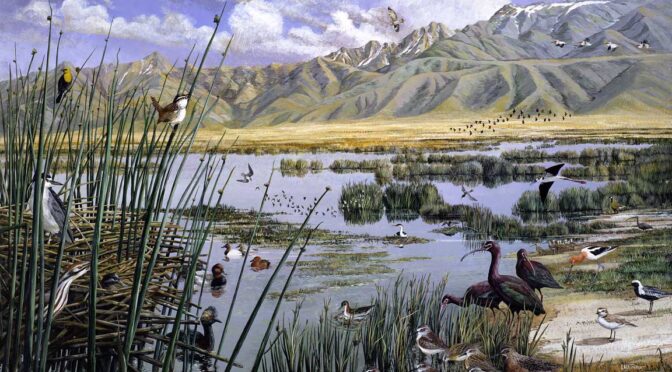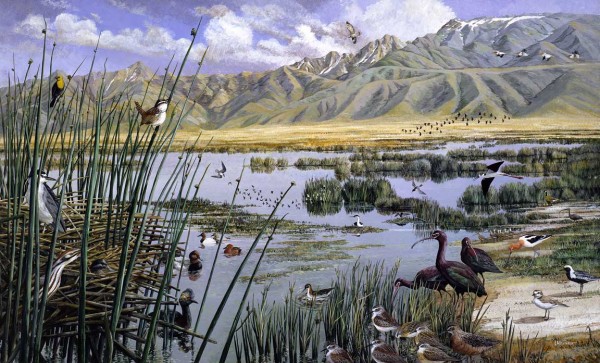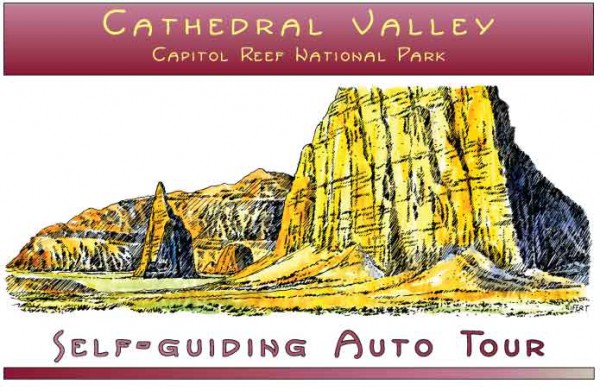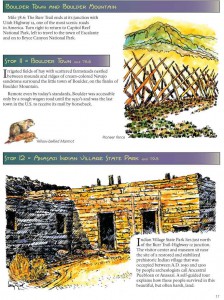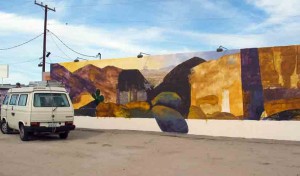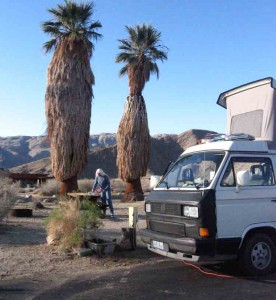My first Nature Conservancy commission was this mural of the marshes east of Reno, Nevada. The original painting hangs in their offices in Reno, along with about 2.000 posters floating around the West. Now, almost 20 years later, another image will be installed in the new BLM California Trail Interpretive Center, eight miles west of Elko, Nevada. I just sent the final scan and it’ll be 17 feet wide by 10 feet high, proving that art never dies, it just gets reprinted.
Back when this was painted, there weren’t digital scanners like we have today. I remember I had it photographed in Sacramento and found the 8″ x 10″ film postive transparency still there in our lock box on Kodak film that’s not even made today. It was a color-perfect shot and scanned up 2500% just beautifully. How big was that file for a 17′-wide image? The Photoshop layers file was 2.4 gigabits, and I admit my computer took some time to process it. Smokin’.
It was almost 20 years ago when Nancy and I were doing field research for this painting in the dry lakebeds and marshes around Fallon, Nevada. It was the only time either of us have been on an airboat – basically an airplane engine and prop on the back of a big rowboat. What a thrill it was to just glide over these bull rushes and “fly” around miles of marshes. We eventually ended up at a beach just like this one where the US Fish and Wildlife Service guides showed us fresh water clams, reminders of the ancient Paleo landscape when these dwindling lakes were giants from Ice Age runoff.
I have a new show at Gallery Nine in Port Townsend this month. Here’s press on it from the Peninsula Daily News, and here’s the Gallery Nine website with more information. Come on down if you’re here.
Thanks for reading this week.
Larry Eifert
Click here to go to the online blog this was to.
Click here to go to our main website – packed with jigsaw puzzles, prints, interpretive portfolios and lots of other stuff.
Click here to check out what Nancy’s currently working on with her photography.
